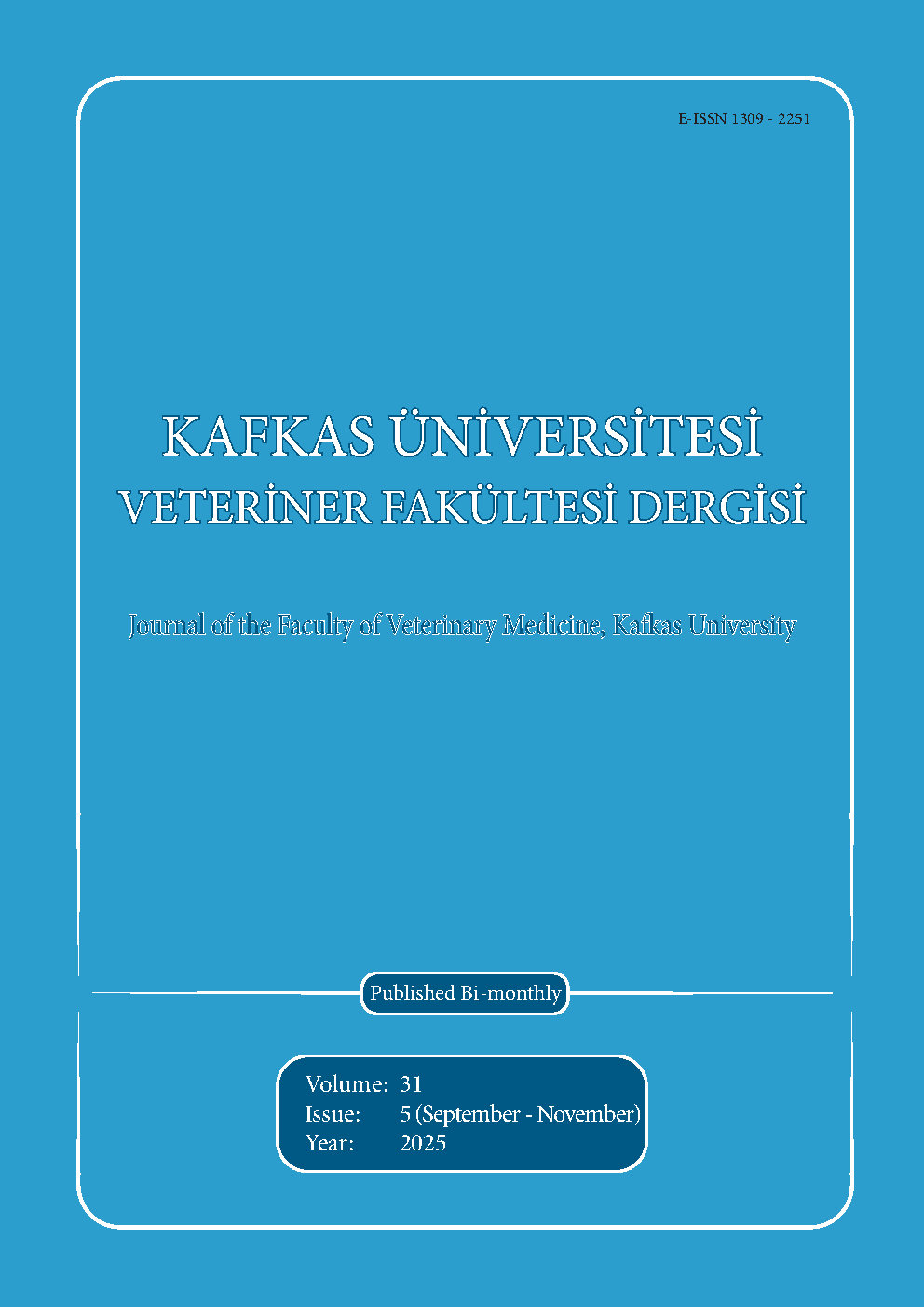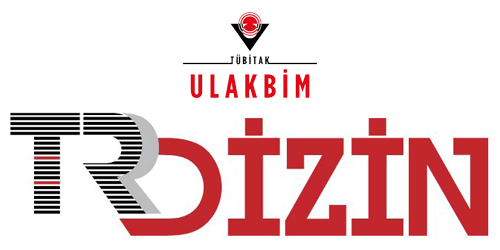
This journal is licensed under a Creative Commons Attribution-NonCommercial 4.0 International License
Kafkas Üniversitesi Veteriner Fakültesi Dergisi
2025 , Vol 31 , Issue 5
Acute and Chronic Toxicity of the Coccidiostat Amprolium to Daphnia magna and Its Implications for Aquatic Contamination from Livestock Waste
1Tekirdağ Namık Kemal University, Faculty of Veterinary Medicine, Department of Animal Husbandry and Nutrition, TR-59030 Süleymanpaşa, Tekirdağ - TÜRKİYE2Tekirdağ Namık Kemal University, Faculty of Science and Literature, Department of Biology, TR-59030 Süleymanpaşa, Tekirdağ - TÜRKİYE
3Tekirdağ Namık Kemal University, Faculty of Agriculture, Department of Zootechny, TR-59030 Süleymanpaşa, Tekirdağ - TÜRKİYE DOI : 10.9775/kvfd.2025.34670 Pharmaceutical residues from livestock production are increasingly detected in aquatic systems where they may persist at low concentrations and affect non-target organisms. Among these, Amprolium is a coccidiostat extensively used in poultry farming with residues capable of reaching surface waters via runoff from manure-amended soils and wastewater effluents. Despite its widespread use, ecotoxicological data for freshwater invertebrates are limited, restricting reliable environmental risk assessment. This study aimed to evaluate both acute and chronic effects of Amprolium on Daphnia magna, a sensitive and widely used model organism in aquatic toxicology. Acute toxicity tests, performed according to OECD protocols, exposed neonates (<24 h old) to five concentrations (100–300 mg/L), producing a clear concentration- and time-dependent response, with a 48-h EC50 of 48.71 mg/L. Chronic 21-day exposures at environmentally relevant concentrations (0.0625 and 0.125 mg/L) significantly reduced survival, heart rate and reproductive output relative to controls (P<0.05). Statistical analyses demonstrated that both exposure level and duration strongly influenced physiological and reproductive endpoints. These findings reveal that even trace levels of Amprolium may disturb population dynamics and ecosystem functioning. The results highlight the scientific and practical importance of incorporating ecotoxicity data into livestock waste management strategies and support the need for regulatory measures to limit pharmaceutical emissions to aquatic environments. Keywords : Aquatic life, Amprolium, Daphnia magna, Micropollutant










